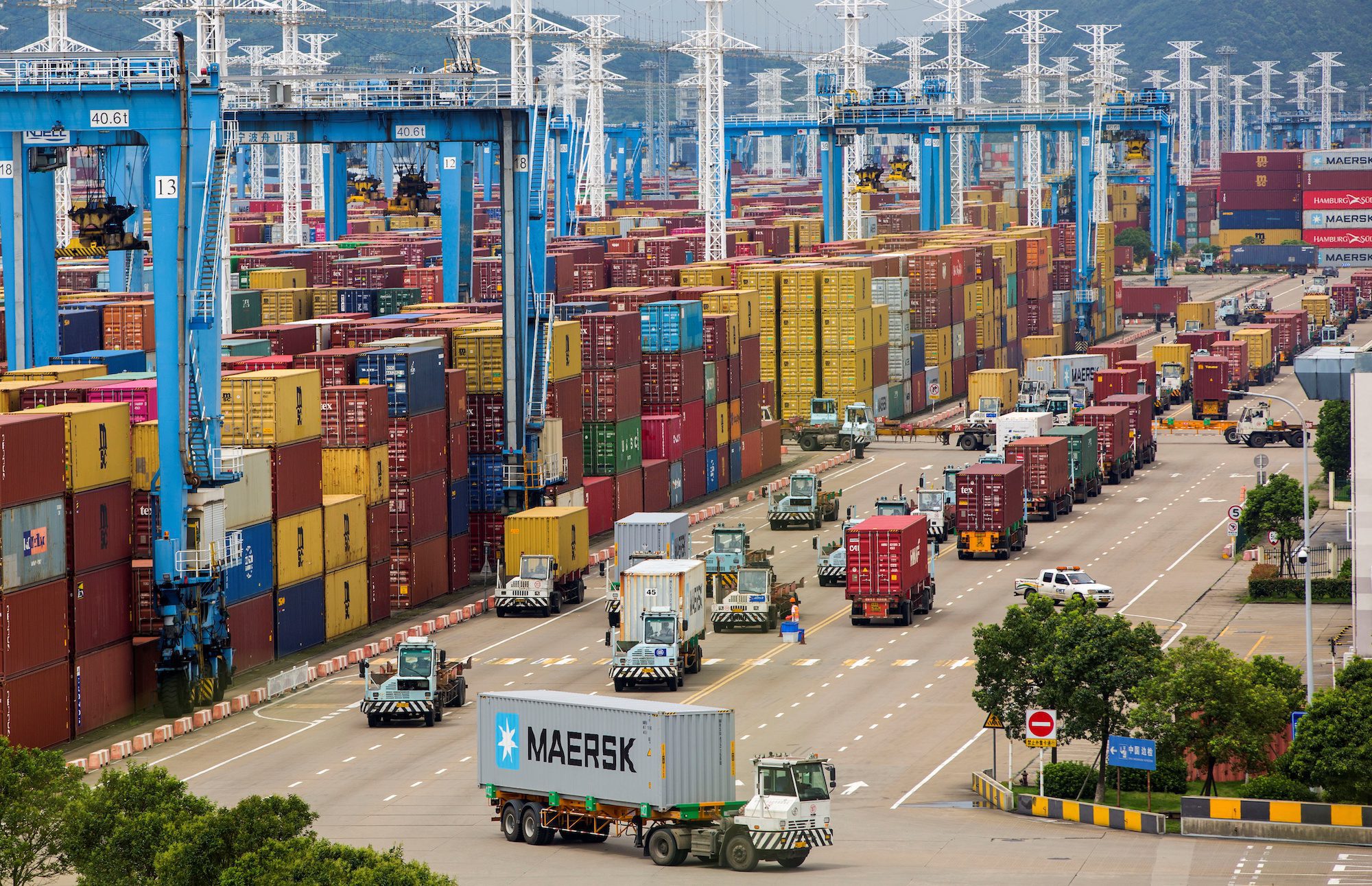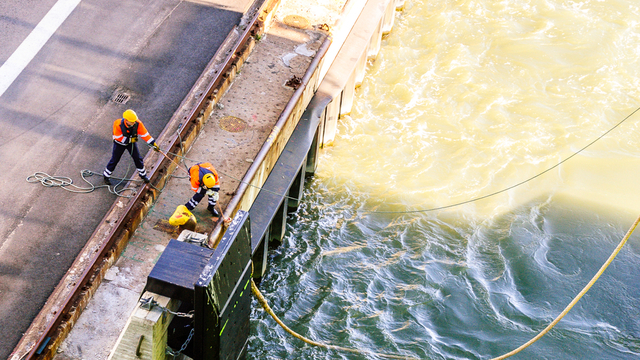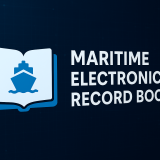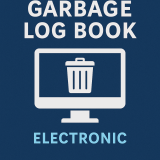Transport Canada issued updated guidance regarding the mobility of asymptomatic, presumed non-COVID-19 carrying seafarers during the COVID-19 pandemic.
Asymptomatic, presumed non-COVID-19 carrying refers to a seafarer who has not tested positive for COVID-19; is not exhibiting any COVID-19 signs or symptoms; has not been in close contact in the past 14 days with anyone suspected of/confirmed as having COVID-19; nor is awaiting test results themselves from having been tested for COVID-19 in the past 14 days.
Domestic crew change
Canadian vessels operating domestically should follow the advice of their employer, and direction from provincial and territorial health measures and authorities. Anyone who has close contact with someone who has, or is suspected to have, COVID-19 should quarantine for 14 days.
Shore leave for seafarers onboard foreign vessels, at Canadian ports, terminals and marine facilities
Shore leave should only be extended to asymptomatic, presumed non-COVID-19 carrying crew members and should not exceed six hours in length; and the seafarer should follow the advice of their employer, the Public Health Agency of Canada, and local health officials.
During this six-hour shore leave period, crew members are expected to:
- Follow marine facility-specific COVID-19 protocols;
- Follow PHAC recommendations regarding COVID-19 prevention, including wearing a mask, maintaining proper hand hygiene, physical distancing, and cough/sneeze etiquette;
- Follow applicable public health restrictions from local health authorities;
- Minimize contact with local workers at a destination;
- Closely self-monitor; and
- Quarantine and contact the local public health authority should they exhibit any COVID-19 signs or symptoms.
Crew members are expected to inform the Master of the vessel of their whereabouts in order to support possible contact tracing.
Shore leave for seafarers onboard Canadian domestic vessels
Crew onboard Canadian domestic vessels should follow the advice of their employer, the Public Health Agency of Canada, and local health officials.
Exemption from quarantine requirements for asymptomatic, presumed non-COVID-19 carrying seafarers – both Canadian and foreign nationals
There is a mandatory requirement related to COVID-19, under Minimizing the Risk of Exposure to COVID-19 in Canada Order (Quarantine, Isolation and Other Obligations), for anyone to quarantine for 14 days upon entry into Canada when coming from a foreign country. The updated Order came into force on June 21, 2021.
Asymptomatic crew who are engaged on the vessel are exempt from the requirement to quarantine on arrival in Canada.
GET THE SAFETY4SEA IN YOUR INBOX!
The following persons arriving on commercial vessels are exempted from mandatory quarantine provisions for COVID-19 pursuant to the Quarantine Act orders on the condition that they do not have reasonable grounds to suspect they have COVID-19, that do not have signs and symptoms of COVID-19, including a fever and cough or a fever and difficulty breathing, nor have COVID-19:
- a member of a crew as defined in subsection 3(1) of the Immigration and Refugee Protection Regulations or a person who enters Canada only to become such a member of a crew;
- in the trade or transportation sector who are important for the movement of goods or people, including truck drivers and crew members on any aircraft, shipping vessel or train, and that cross the border while performing their duties or for the purpose of performing their duties;
- who must cross the border regularly to go to their normal place of employment, including critical infrastructure workers (Energy and Utilities, Information and Communication Technologies, Finance, Health, Food, Water, Transportation, Safety, Government and Manufacturing), provided they do not directly care for persons 65 years of age or older within the first 14 days after their entry to Canada.
In addition to the federal prohibitions on entry and quarantine requirements at Canadian international borders, provinces and territories have established their own respective restrictions or continue to adapt their own respective lists of exempted workers for domestic movements.
Pursuant to the Public Health Agency of Canada orders, a person not subject to quarantine must, if they are in public settings where physical distancing cannot be maintained, wear a non-medical mask or face covering that a screening officer or quarantine officer considers suitable to minimize the risk of introducing or spreading COVID-19.
In addition, the Public Health Agency of Canada advises that these workers should:
- take required preventive measures, including practising physical (social) distancing (maintaining a distance of 2 metres from others whenever possible);
- closely self-monitor; and
- self-isolate and contact their local public health authority should they exhibit any COVID-19 symptoms.
Employers should have open lines of communication at all times with their employees in order to be informed of any signs or symptoms, or any close contact with presumptive/confirmed COVID-19-carrying persons, or any recent COVID-19 testing by any of their employees, and to follow actions required by the local public health authority for the workplace. Employers should be aware that local public health authorities at an employee’s place of work in Canada may have specific requirements.
Exempted employees who do not have signs or symptoms should quarantine if they have had close contact with someone who has or is suspected to have COVID-19, or if they remain awaiting results from themselves having been tested for COVID-19 in the past 14 days.
https://safety4sea.com/canada-updated-guidelines-on-mobility-of-asymptomatic-seafarers/














